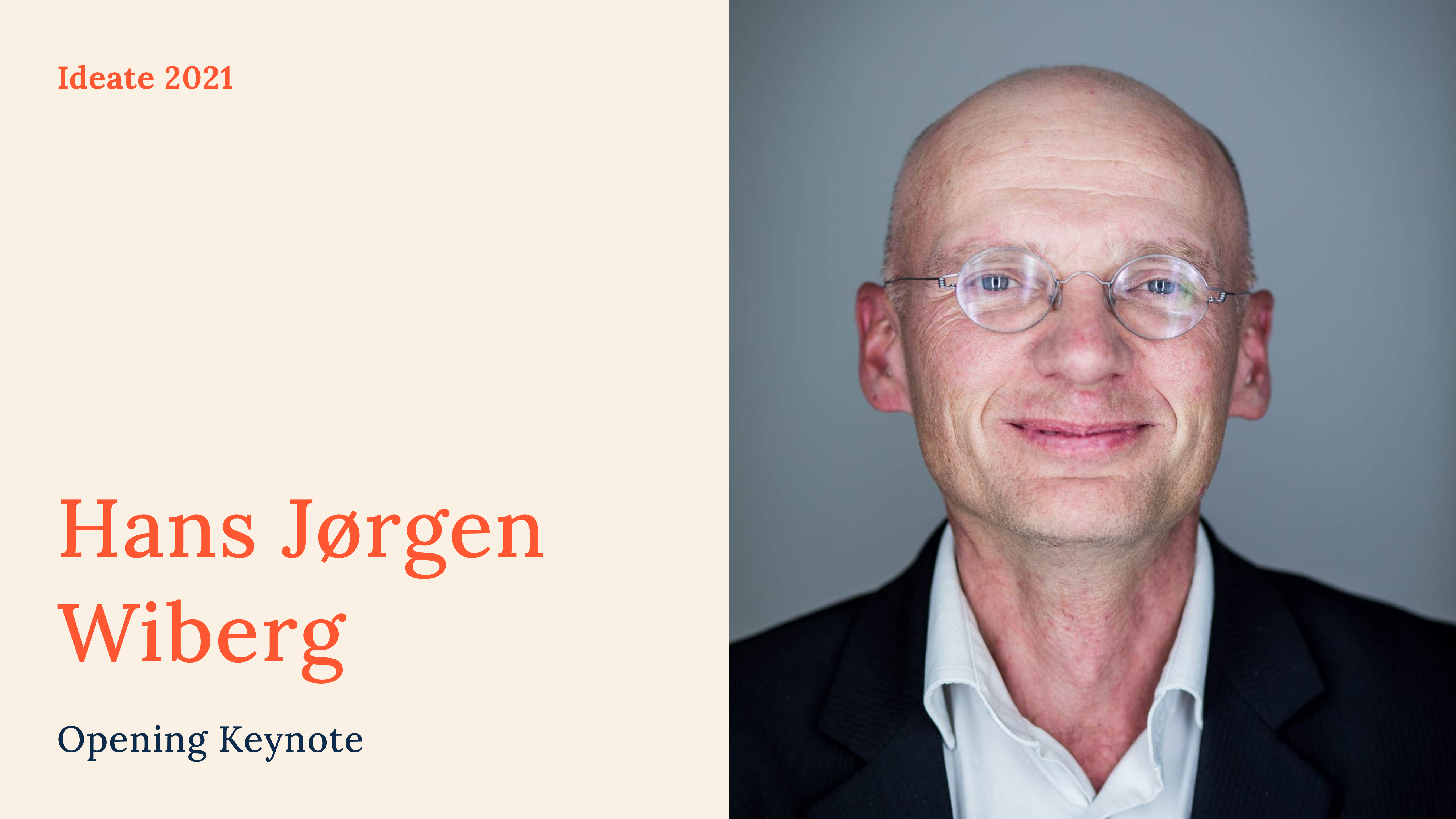Code for Good is a really special hackathon because of its emphasis on social good. Participants choose one of four tracks - energy and environment, inequality, health, and education - and create solutions that align with their track. Local experts and non-profit leaders give talks and inspire the participants. The winners of each category get to choose a charity of their choice to donate the prize money to. All these details (and more) demonstrate Code for Good's mission of making the world a better place, and I knew I needed to reflect that mission throughout my designs.
Beginning this project in Fall 2020, we saw firsthand how impact starts with one person. Whether that be doing your part to minimize the spread of Covid-19 or to support the BLM movement, your individual decisions add up and impact those around you. This idea that your individual decision might not have much weight, but your overtime your efforts and influence can cause change felt especially relevant in 2020, and it was the foundation of our designs for Code for Good.
We loved how
this video gave so much character to abstract shapes, and thought it would work perfectly to use similar visuals to illustrated how one person's actions make an impact over time. We gathered futher inspiration for color, typography, animations, and interactions until we came to a consensus.






%2017.jpg)
%2020.jpg)
%2018.jpg)
%2016.jpg)






%2014.jpg)
%2010.jpg)
%209.jpg)

%2015.jpg)


%2012.jpg)
%2023.jpg)
%2022.jpg)
.png)

%203.jpg)
%204.jpg)


.png)








.png)





.png)

.png)
.png)
.png)
.png)
.png)
.png)
.png)




